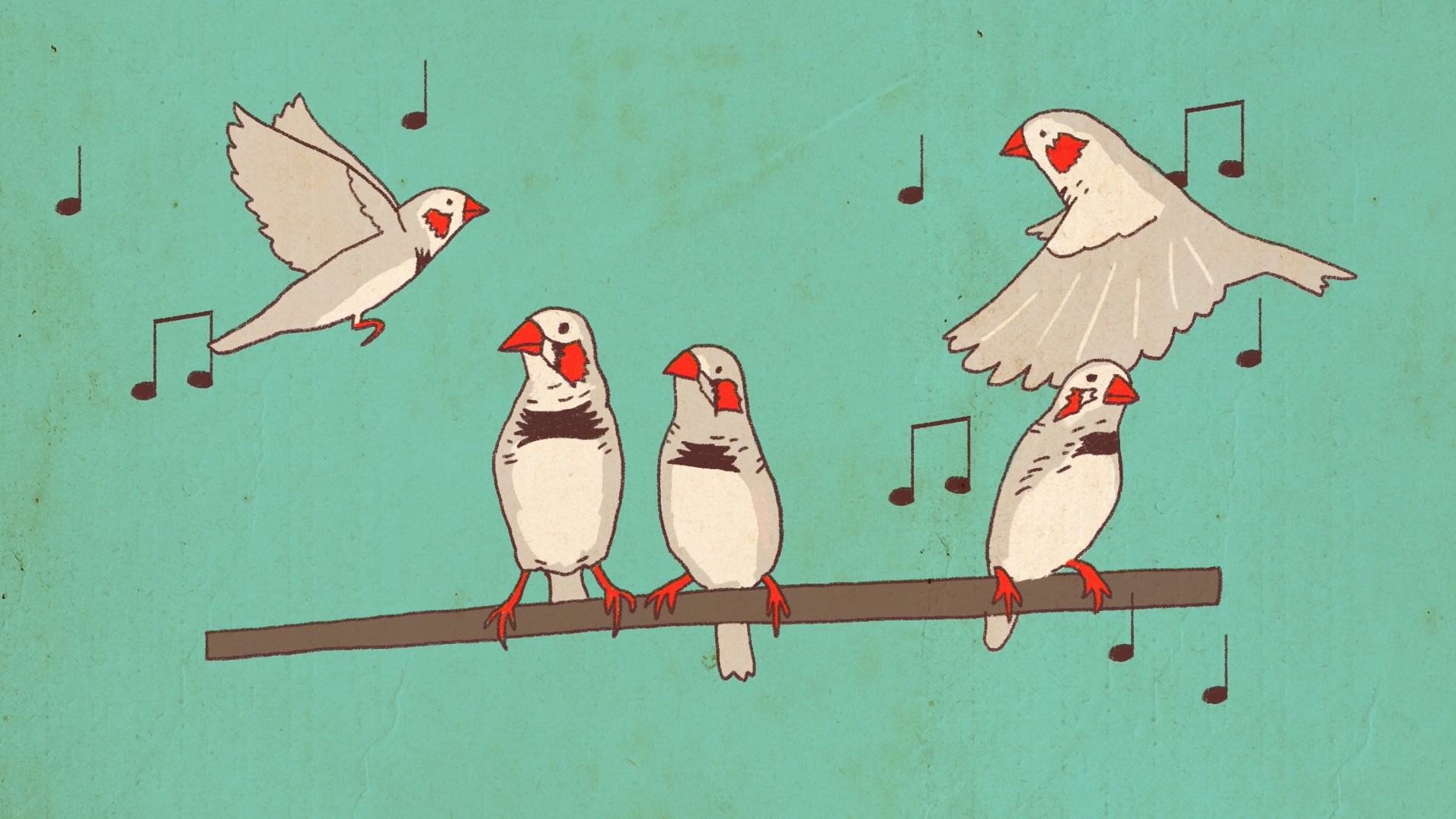Carolina Heza
You know the moment when your headache kicks in along with a tidal wave of questions. Is this a run-of-the-mill pain in the head, or are you experiencing the Big One—a brain tumor? While it’s common for people to think a headache—especially if it’s sudden or severe—means that something is growing in their skulls, rest assured that most of them aren’t usually connected to serious illness.“Headache is not a common feature of a brain tumor,” says Martin Allen Samuels, director of the program in interdisciplinary neuroscience at Brigham and Women’s Hospital. “That’s the most common misconception. Brain tumors produce neurological deficits such as changes in cognitive function, thinking abilities, language mistakes, changes in behavior. Actually, a headache is a very minor feature of brain tumors.”That persistent headache—the one that you start getting freaked out about when it lingers for a few days—is often mistaken for a brain tumor too, but it's more likely a migraine, cluster headache, or tension headache. Migraines are the most common cause of headache, Samuels says, ranging in severity from relatively mild to disabling. They can be a lifelong phenomenon as well, he explains, running in families and occurring from when you’re a kid or teen into adulthood, waxing and waning throughout your life.If your headaches aren't persistent, they can still be considered episodic, often related to a person’s menstrual cycle or period of ovulation. “Headaches that come and go are almost never a brain tumor; they’re almost always a migraine,” Samuels says. “Anybody who’s had a long history of episodic headaches, that’s going to be migraine 98.999 percent of the time, by far the most common cause of episodic headaches.”Headaches can occur in any part of the head, sometimes on the left or right side. That throbbing feeling on one side—albeit unbalanced and particularly uncomfortable—is still not likely a tumor. Samuels notes the most typical kind of migraine is on one side of the head, usually around the eye. The word migraine itself, actually, is derived from the Greek word meaning “pain on one side of the head.”
More from Tonic:
And then there are those headaches that don’t so much linger in the background, but feel like your skull is being pummeled with rocks. It’s still rare that even this severe headache is caused by a brain tumor, especially if you already suffer from migraines or headaches on a persistent or episodic basis. “The severity of headache does not mean there’s a serious underlying disease,” Samuels says. “Migraines can be horrible, disabling headaches, [but] they’re benign. It’s not a malignancy, but they can be very, very disabling when people have one.” When this worst-headache-ever is sudden, unusual, and different than what you’ve experienced before, a brain tumor is still an unlikely cause of that, he adds, although you should seek medical attention (it may be a thunderclap headache).When it comes to actually potentially having a tumor, what you’d want to worry about is several other symptoms, according to Samuels: progressive changes week by week in muscular function and becoming weak on one side of the body over a course of weeks or months. People may also experience loss of visual ability, worsening day by day or week, and exhibiting unusual behavior (think, anyone who has had a brain tumor on ‘Grey’s Anatomy’). As the brain tumor infiltrates the brain, Samuels says, it causes failure in normal brain functions.“It’s true that brain tumors can ultimately cause headaches," Samuels says, but headache without any other neurological manifestations is, again, almost never a tumor. He adds that you might have cause for concern “if the headache takes on a new character to it, that’s different than the ones the person is used to. Severity is not really the worrisome aspect…It’s the change in the nature of the headache.”He goes on to say if your headache starts to wake you up early in the morning, particularly linked to nausea or vomiting, you’ll want to seek medical attention; there’s a small chance that could indicate that a brain tumor is taking up space inside your skull. Unclench though: Even then, Samuels has seen these headaches still turn out to be migraines when checked on a CT scan or MRI.In the end, many of us get headaches and migraines, and keeping actual tumor symptoms in mind can prevent you from spending an evening frantically googling every time you have an intense headache. And remember: Even though 50 percent of brain tumor patients experience headaches (as one of the symptoms) related to the tumor, they are almost always secondary to the tumor itself.“Headache is a very common thing and brain tumor is a relatively rare thing, so of all the millions and millions and millions of people who have headaches, only a tiny percentage of those will have brain tumor,” Samuels says. “That means that the headache is not really a symptom of the brain tumor. It’s just there because all of us have headaches.”Read This Next: Ketamine Infusions Cut Migraine Pain in Half in New Study
Advertisement
More from Tonic:

And then there are those headaches that don’t so much linger in the background, but feel like your skull is being pummeled with rocks. It’s still rare that even this severe headache is caused by a brain tumor, especially if you already suffer from migraines or headaches on a persistent or episodic basis. “The severity of headache does not mean there’s a serious underlying disease,” Samuels says. “Migraines can be horrible, disabling headaches, [but] they’re benign. It’s not a malignancy, but they can be very, very disabling when people have one.” When this worst-headache-ever is sudden, unusual, and different than what you’ve experienced before, a brain tumor is still an unlikely cause of that, he adds, although you should seek medical attention (it may be a thunderclap headache).
Advertisement
